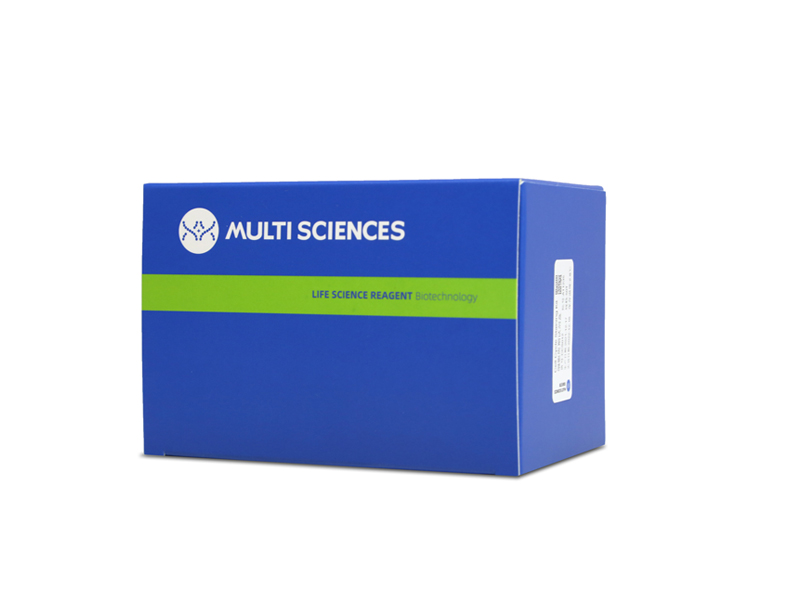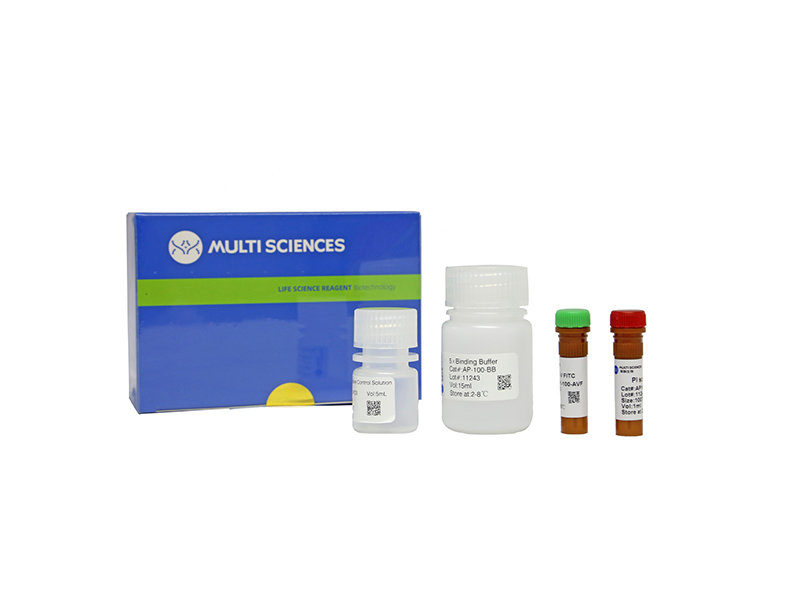Dasatinib, a second-generation BCR-ABL inhibitor, is currently used as first-line treatment for patients with chronic myeloid leukemia. However, dasatinib treatment increases the risk of severe cutaneous toxicity, which limits its long-term safe use in clinic. The underlying mechanism for dasatinib-induced cutaneous toxicity has not been clarified. In this study, we tested the toxicity of dasatinib on human immortal keratinocyte line (HaCaT) and normal human epidermal keratinocytes (NHEK). We found that dasatinib directly caused cytotoxicity on keratinocytes, which could be the explanation of the clinical characteristic of pathology. Mechanistically, dasatinib impaired mitophagy by downregulating HMGB1 protein level in keratinocytes, which led to the accumulation of dysfunctional mitochondria. Mitochondria-derived ROS caused DNA damage and cell apoptosis. More importantly, we confirmed that overexpression of HMGB1 could reverse dasatinib-induced keratinocyte apoptosis, and preliminarily explored the intervention effect of saikosaponin A, which could increase HMGB1 expression, on cutaneous toxicity caused by dasatinib. Collectively, our study revealed that dasatinib induced keratinocyte apoptosis via inhibiting HMGB1-mediated mitophagy and saikosaponin A could be a viable strategy for prevention of dasatinib-induced cutaneous toxicity.
文章引用产品列表
-


- GAM007 359 Citations
- 二抗
Goat Anti-Mouse IgG(H+L) HRP 山羊抗小鼠二抗-HRP
- ¥255.00 – ¥350.00
-
- AP101 1755 Citations
- 凋亡试剂盒
Annexin V-FITC/PI Apoptosis Kit(适用于除C6以外的流式细胞仪)
- ¥630.00 – ¥1,280.00



